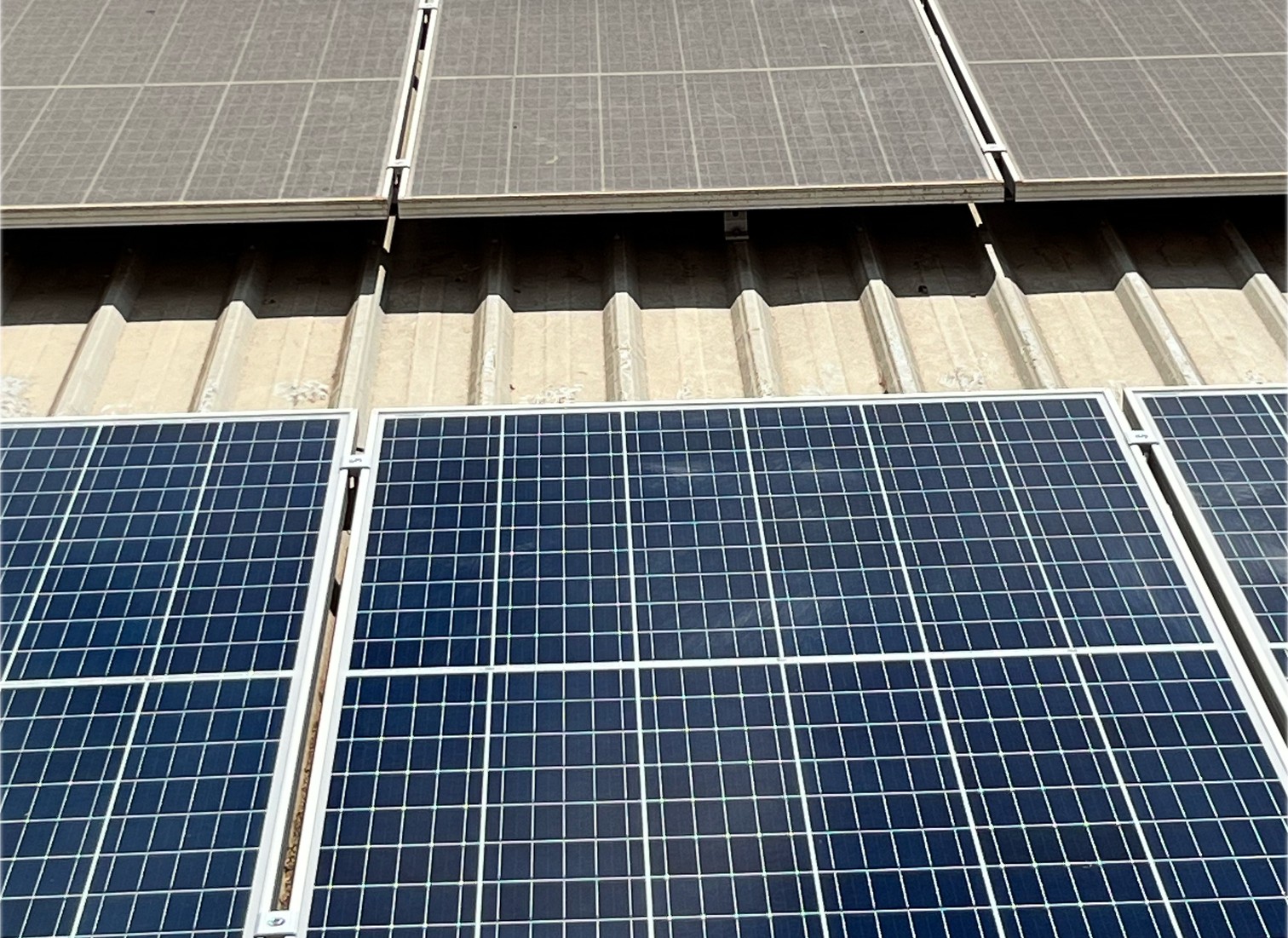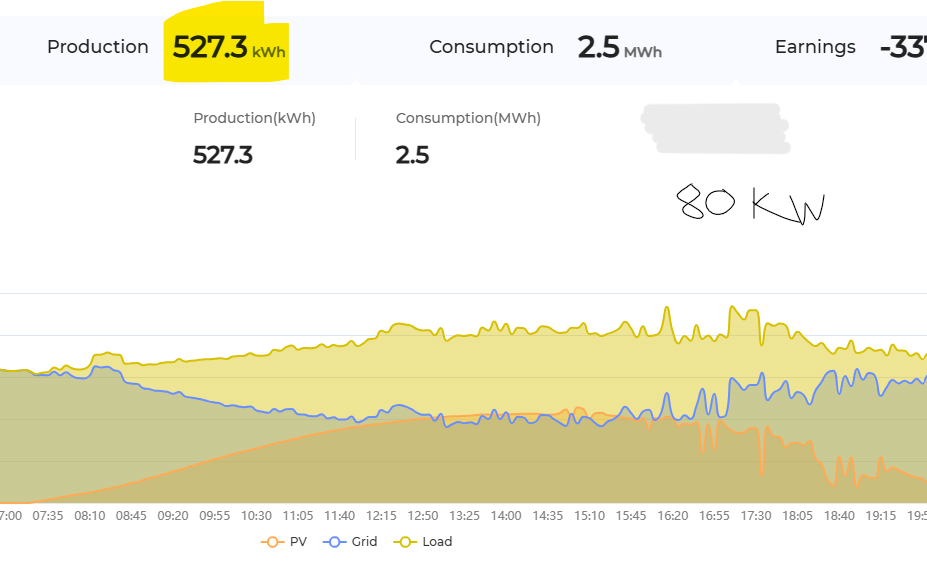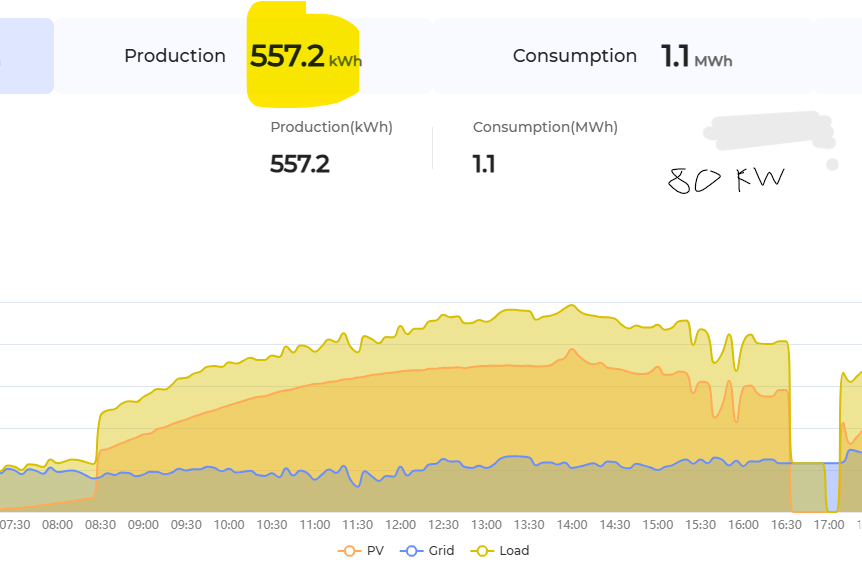During recent maintenance activities on a solar system, we noted the rain had not adequately cleaned solar panels in what would be considered a very dusty and dirty environment.
Cleaning solar panels is important to ensure they operate at maximum efficiency. Over time, dust, dirt, bird droppings, leaves, and other debris can accumulate on the surface of the panels, blocking sunlight and reducing their ability to generate electricity.
Even a thin layer of grime can significantly lower energy output, especially in dry or heavily polluted areas. Regular cleaning helps maintain optimal performance and ensures you get the best return on your investment. Additionally, keeping your panels clean can extend their lifespan by preventing long-term damage caused by build-up.
It should be noted that anything about the size of a tennis ball (a big bird dropping) will stop the production on the entire string, not just that panel. What this means is a big bird dropping on one panel can stop solar generation on many panels.
Case Study: Performance Deterioration
Let's look at a real world scenario. This customer has a large number of sheds, all with solar installed on the roof. One row of panels was cleaned as a test to see just how much build up was on the panels.
The row below is clean and the row above is dirty - yuck!

This is about 3 years build up in what would be classed as a very dirty environment.
An 80kWp system shown in Figure A below is the same system as is shown in Figure B. In the pre cleaned scenario we generate 527.3kWhs from PV. There is no site shutdowns in either figure but a storm outage in Figure B. Same system so no discrepancy in orientation, angle and location of the panels.
Figure A (DIRTY PANELS)

Figure B is CLEAN PANELS which produced 557.2kWh the day after Figure A. This is almost 7hrs at full capacity (557.2 divided by 80kw system). The average hours of sunlight we use for the whole year in our region for budgeting purposes is 5hrs. Even with a dip in PV at around 4.30pm when the power was temporarily shut off due to the storm damage. If you assume this was for an hour, we had almost 8hrs of sunlight generation.
Even with the outage of approximately 1hr, generation was higher!
If we add another 1hr of production it would have been 637.2kWh.
An extra 109.9kWh of production which is an increase of 20.8%.
A very positive result for the client, well worth the costs incurred in maintenance and cleaning.
Figure B (CLEAN PANELS)

